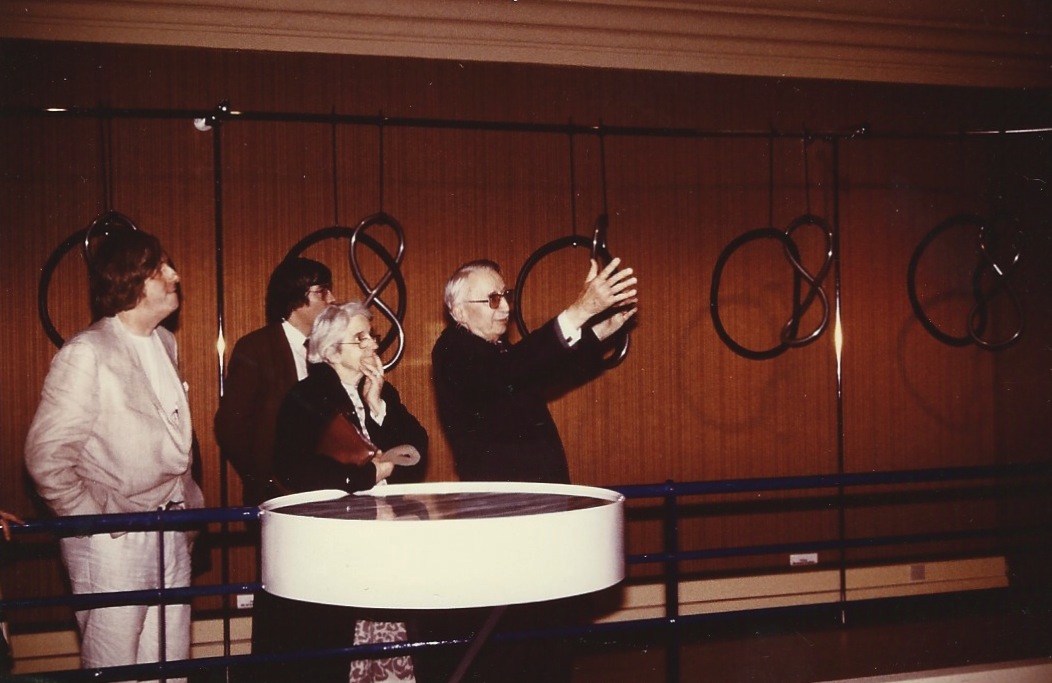In the Grothendieck meets Lacan-post we did mention that Alain Connes wrote a book together with Patrick Gauthier-Lafaye “A l’ombre de Grothendieck et de Lacan, un topos sur l’inconscient”, on the potential use of Grothendieck’s toposes for the theory of unconsciousness, proposed by the French psychoanalyst Jacques Lacan.
A bit more on that book you can read in the topos of unconsciousness. For another take on this you can visit the blog of l’homme quantique – Sur les traces de Lévi-Strauss, Lacan et Foucault, filant comme le sable au vent marin…. There is a series of posts dedicated to the reading of ‘A l’ombre de Grothendieck et de Lacan’:
- 1. Initiation au topos
- 2. Rencontre d’une évidence
- 3. Métapsychologie du topos
- 4. Psychanalyse et mathématiques
- 5. Temps et instant
- 6. Mythes, fantasmes et topos classifiant
Alain Connes isn’t the first (former) Bourbaki-member to write a book together with a Lacan-disciple.
In 1984, Henri Cartan (one of the founding fathers of Bourbaki) teamed up with the French psychoanalyst (and student of Lacan) Jean-Francois Chabaud for “Le Nœud dit du fantasme – Topologie de Jacques Lacan”.

(Chabaud on the left, Cartan on the right, Cartan’s wife Nicole in the mddle)
“Dans cet ouvrage Jean François Chabaud, psychanalyste, effectue la monstration de l’interchangeabilité des consistances de la chaîne de Whitehead (communément nommée « Noeud dit du fantasme » ou du « Non rapport sexuel » dans l’aire analytique), et peut ainsi se risquer à proposer, en s’appuyant sur les remarques essentielles de Jacques Lacan, une écriture du virage, autre nom de la passe. Henri Cartan (1904-2008), l’un des Membres-fondateur de N. Bourbaki, a contribué à ce travail avec deux réflexions : la première, considère cette monstration et l’augmente d’une présentation ; la seconde, traite tout particulièrement de l’orientation des consistances. Une suite de traces d’une séquence de la chaîne précède ce cahier qui s’achève par : « L’en-plus-de-trait », une contribution à l’écriture nodale.”
Lacan was not only fascinated by the topology of surfaces such as the crosscap (see the topos of unconsciousness), but also by the theory of knots and links.

The Borromean link figures in Lacan’s world for the Real, the Imaginary and the Symbolic. The Whitehead link (that is, two unknots linked together) is thought to be the knot (sic) of phantasy.
In 1986, there was the exposition “La Chaine de J.H.C. Whitehead” in the
Palais de la découverte in Paris (from which also the Chabaud-Cartan picture above is taken), where la Salle de Mathématiques was filled with different models of the Whitehead link.

In 1988, the exposition was held in the Deutches Museum in Munich and was called “Wandlung – Darstellung der topologischen Transformationen der Whitehead-Kette”

The set-up in Munich was mathematically more interesting as one could see the link-projection on the floor, and use it to compute the link-number. It might have been even more interesting if the difference in these projections between two subsequent models was exactly one Reidemeister move…

You can view more pictures of these and subsequent expositions on the page dedicated to the work of Jean-Francois Chabaud: La Chaîne de Whitehead ou Le Nœud dit du fantasme Livre et Expositions 1980/1997.
Part of the first picture featured also in the Hommage to Henri Cartan (1904-2008) by Michele Audin in the Notices of the AMS. She writes (about the 1986 exposition):
“At the time, Henri Cartan was 82 years old and retired, but he continued to be interested in mathematics and, as one sees, its popularization.”
Leave a Comment



